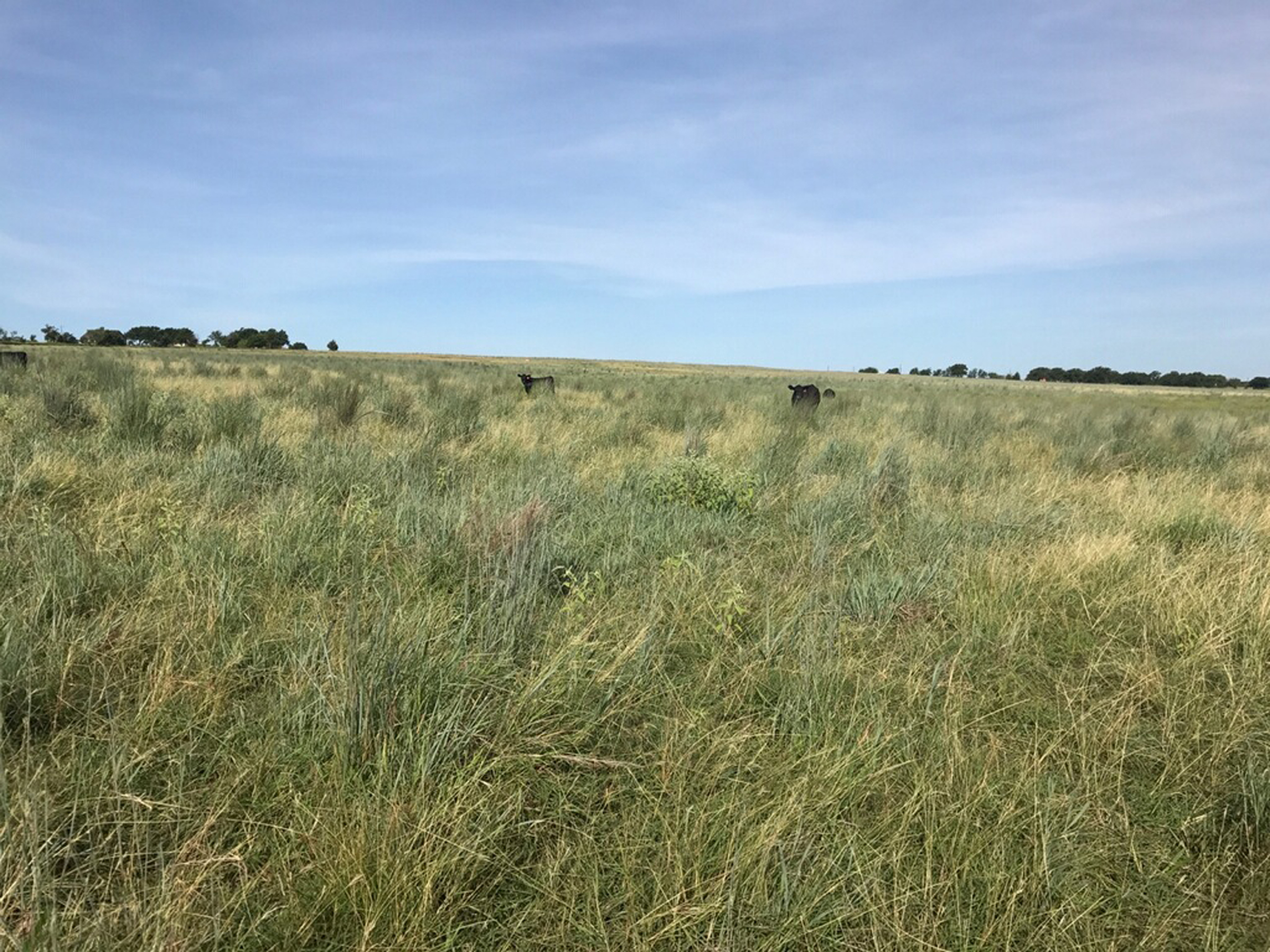Farm & Ranch
Meanwhile back at the ranch

By Rayford Pullen
Fall is upon us once again, and around here we have winter pastures, weaning spring-born calves and assessing winter needs on our mind. While winter is officially only three months long, like the other seasons, it seems as though winter is much longer due to the extra time and expense it requires to keep our cattle going and growing until spring comes a knocking again.
At our address, we had a wonderful grass year with our native grasses waist high, our cattle in great shape and our spring-born calves really turning it on. Since we rely on our native grasses as our winter hay source, at this time it looks like we will be in great shape.
We basically have a continuous grazing operation although we do defer grazing on some of our pastures each year to keep them healthy and growing.
Excess forage availability for the cattle seems to be the reason they are doing well this year. There is no cure for overgrazed pastures other than rainfall and rest, and we have certainly had our share of overgrazing the past few years during the droughts, and it certainly showed up in our lower weaning weights.
“The Time It Never Rained,” a book authored by Elmer Kelton and written about dry times in the San Angelo area, included a passage, “some areas of the state have several droughts during the summer, while others have several summers during the drought.” I know we have all learned some tough lessons that will stick with us for years to come with the availability of water for livestock and people being ranking right at the top of those lessons.
What’s ahead? Here’s my take on what’s going to happen in the next few months and years. Take it with a grain of salt and don’t bet the farm on it, but at least come up with your own thoughts and make plans accordingly.
Cattle prices will, in my opinion, recover from the lows of this past spring but may not be around too long. I believe producers will need to get options on their cattle so as not to let this opportunity slip by. Are we headed for a recession? If so, interest rates will go up and for those operating on borrowed money, our cost of production will go up and the price of cattle will retreat.
To read more pick up a copy of the September 2017 NTFR issue. To subscribe call 940-872-5922.
Farm & Ranch
Acorn Toxicity

By Barry Whitworth, DVM, MPH
With the prolonged drought, most pastures in Oklahoma end up in poor condition. With the lack of available forage, animals may go in search of alternative foods.
If oak trees are in the pastures, acorns may be a favorite meal for some livestock in the fall. This may result in oak poisoning.
Oak leaves, twigs, buds, and acorns may be toxic to some animals when consumed.
To read more, pick up a copy of the November edition of North Texas Farm & Ranch magazine, available digitally and in print. To subscribe by mail, call 940-872-5922.

Farm & Ranch
Silver Bluestems

By: Tony Dean
There are a handful of grasses on North Texas grazing lands ranchers need to know, not because they are highly desirable, but rather because they are not of much value. I call them “decom” plants, which is am acronym for “Don’t Ever Count On Me.” Silver bluestem is a “decom” grass.
Silver bluestem is a perennial which grows in all areas of Texas. It can survive in almost all soil types, and in full sun conditions or in semi shade. It grows up to three feet tall and is easily recognized with the presence of the white fuzzy seed head. Also, one of the identifying characteristics of Silver bluestem is a bend in the stems at each node, causing the plants to take on a rounded shape as they mature.
To read more, pick up a copy of the November edition of North Texas Farm & Ranch magazine, available digitally and in print. To subscribe by mail, call 940-872-5922.

Farm & Ranch
Meanwhile Back At The Ranch

By: Rayford Pullen
Fall is here which means winter is closing in on us and before we officially get into winter, we need to make sure our factories are either producing or will be producing in a few months.
We have been pregnancy testing our cows this fall and if they are not bred or nursing a calf, we are bidding them adios. With annual costs somewhere between $900.00 and $1,000.00 per cow, those cows not producing a live weaned calf are costing us quite a bit.
To read more, pick up a copy of the November edition of North Texas Farm & Ranch magazine, available digitally and in print. To subscribe by mail, call 940-872-5922.
-

 Country Lifestyles2 years ago
Country Lifestyles2 years agoScott & Stacey Schumacher: A Growth Mindset
-

 Country Lifestyles8 years ago
Country Lifestyles8 years agoStyle Your Profile – What your style cowboy hat says about you and new trends in 2017
-

 HOME8 years ago
HOME8 years agoGrazing North Texas – Wilman Lovegrass
-

 Equine1 year ago
Equine1 year agoThe Will to Win
-

 Country Lifestyles5 years ago
Country Lifestyles5 years agoAmber Crawford, Breakaway Roper
-

 Outdoor9 years ago
Outdoor9 years agoButtercup or Primrose?
-

 Country Lifestyles8 years ago
Country Lifestyles8 years agoJune 2016 Profile – The man behind the mic: Bob Tallman
-

 Country Lifestyles8 years ago
Country Lifestyles8 years agoDecember 2016 Profile, Rusty Riddle – The Riddle Way




